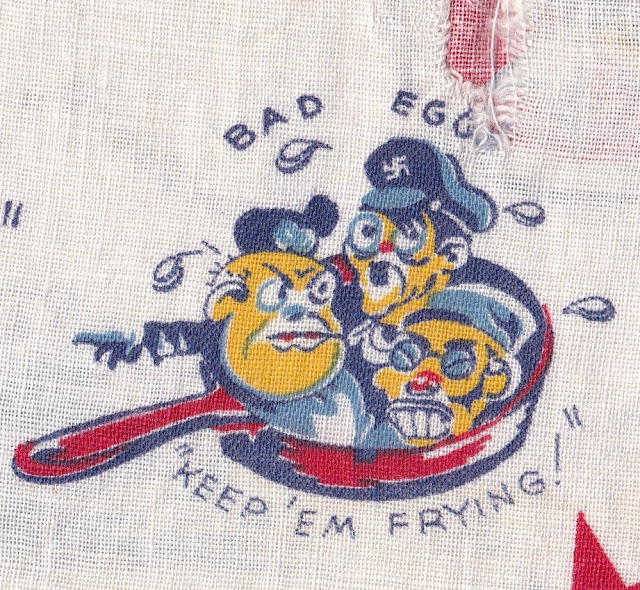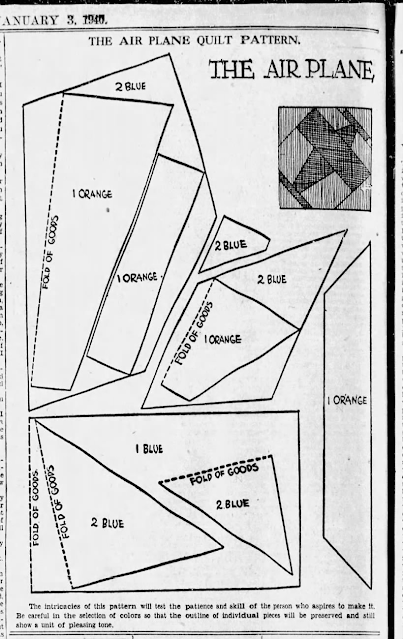How are you doing today?
My son brought his new girlfriend over this week for us to meet. She is super nice and we enjoyed getting to know her. Afterwards, my husband asked, "How did they meet?" I actually have no idea but it seems like most people find people to date via in the internet. I'm pretty cynical about technology and if I was single, don't think I would do that.
Decades ago, the newspaper used to run ISO ads for folks to meet each other. I had a friend who did that and we all read the responses she received. I felt that it was a safer way to learn about something because one can learn so much about a person through a written letter.
In 1917, there was apparently a magazine article about a man named A. T. Cotton who made quilts. His name was wonderful and somewhat apt for his hobby.
Cotton lived alone in Alaska and pieced quilts to pass the time--and also to keep warm. The syndicated article mentioned that he used a specific number of the thousand of fabric pieces he used in his quilts. Not sure if he was ready for what was about to happen...
"Soon after the appearance of the article Mr. Cotton began to be deluged with letters all over the United States who sympathized with him because of his lonely life in the wilds and admired his needlework. They all want him to write to them giving a detailed account of his manner of living, and many of them longed to visit Alaska."
Well that's one way to meet ladies.
Of course the point of the article was the thousands of pieces he used in the article. Journalists were always reporting on that from about 1880 to 1940.
Above is one of my postage stamp textiles. At one point I had figured out how many thousand of pieces were in the quilt but have now forgotten. This one was a tied comfort which I carefully took apart because the batting had migrated and was causing too much pressure on different parts of the comfort.
It isn't a charm pack but the close-up reveals that the maker made a number of four patches to piece together.
I wonder what kind of techniques A. T. Cotton used?
***
Tomorrow is Flower or Friendship Friday. I'll be writing a bit about Lucky's progress at home and sharing anything you choose to share with me if you email me via allentownquilter@gmail.com.
Have a safe and happy day!











































.JPG)





